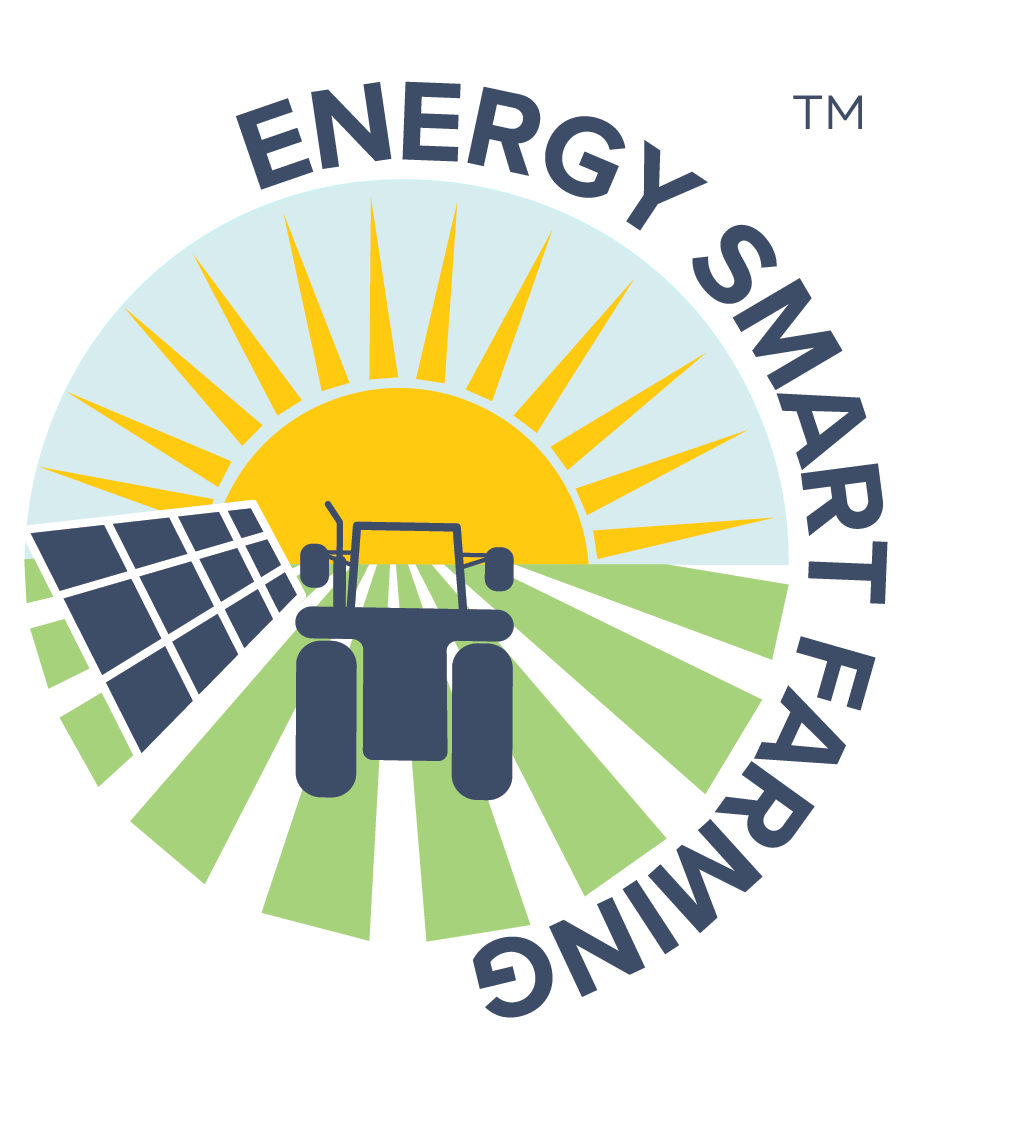McCarthy Dairy milk around 600 cows operating a spring and autumn calving system. Their annual milk production has grown in recent years from 3.5 million litres to around 4.5 million litres. In 2020, the McCarthys undertook a free energy assessment offered as part of the Victorian Government’s Agriculture Energy Investment Plan (AEIP). Based on the findings, they planned a program of investing heavily on energy efficient measures across their business to reduce grid energy consumption and deliver operational benefits. The McCarthys self-funded the installation of a larger milk vat; a variable speed drive on the milking vacuum pump, and a 38kW solar Photovoltaic (PV) system. Solar power is used for heating water and cooling milk – and for other activities such as grain milling and pumping water to stock troughs. With the assistance of an AEIP energy grant, the McCarthys also installed a new glycol milk chiller to replace a refrigerated unit.
The opportunity
The McCarthy’s energy assessment showed that about 85 percent of electricity usage for the business was attributable to the dairy, with irrigation bores and other pumping accounting for the remainder. In the dairy, milk cooling and water heating are the major users of energy. More than 1,000 litres of hot water is used daily to clean the vat and milking plant. Dairy energy demand and farm operating costs can be reduced by implementing newer more efficient technologies, including milk chilling technologies that combine heat recovery from the cooling system.
A key challenge faced by dairy farms and milk processors is milking-to-chilling time. The quicker the milk is cooled after milking the better the quality. With a rapid chiller, the time taken to cool milk down can be measured in minutes rather than hours. This allows greater flexibility with pick-up times and can deliver better returns to the farmer by meeting or exceeding processor requirements and avoid potential “hot” milk penalties when cooling is not occuring effectively. At the McCarthy dairy, the old refrigeration system had to run for several hours to chill the milk down to the required temperature. The old system also often ‘tripped’ or malfunctioned, requiring close monitoring by staff day and night. In addition, it was getting more expensive to service and maintain, averaging three to four maintenance and repair callouts a year.
The technology
The installed 94kW glycol rapid chiller delivers milk to the vat at 2.5 degrees Celsius. The chiller provides instantaneous milk cooling during milking – and vat cooling between milking times. A heat recovery exchanger unit uses heat generated by the chiller compressor (which would otherwise be wasted heat), to heat water to 55 degrees Celsius at no additional energy cost. The ‘preheated’ water temperature is then boosted by the electric hot water service (HWS). This reduces the energy required by the HWS to heat water to the required (higher) temperature needed for wash down activity in the dairy. The installation of the glycol rapid chiller reduces compressor run times reducing overall energy use, however there is an increase intensity of power use over a short time when milking.
The outcomes
The new chiller has greatly improved both the reliability of the system and operational efficiencies for the dairy. The technology is providing significant savings in power consumption from the grid, reducing energy costs, both now and into the future given the ongoing expansion of the McCarthy’s dairy herd. From a practical perspective, the new system has increased the ease of management. The new chiller is also more reliable reducing the need for checks. The smaller vat required twice a day milk tanker pick-up in peak times and milk chill times were longer using the refrigerated system. This resulted in scheduling issues with the tanker often arriving during afternoon milking to pick up the morning milk. This meant staff needed to stop milking and wait for the tanker to finish collection before they could resume milking. Another significant end benefit is that the rapid chiller is equipped with a heat recovery system to ‘cheaply’ produce hot water for the dairy. And the chiller helps extend the vat lifespan – delivering further savings.
Table 1: Investment costs and benefits of new energy saving technologies
| Technology | Investment cost | Benefits | Modelled annual benefits | Payback (discounted) |
|---|---|---|---|---|
| Chiller | $90,0000 | Electricity & other | $15,000 | 7.2 years |
The last word
Tony said the project has helped us remain competitive in supplying top quality milk to the factory – and we also reap the benefits of heating water for the dairy. “The beauty of this system is that the milk goes into the vat at exactly the right temperature in a short space of time – and disruptions to milking and having to manage tanker collections have disappeared. Looking forward, we see opportunities for using smart technology to analyse our usage hotspots and integrate this with the automatic switching of operations to solar power.”
Download a copy of this case study – Cool benefits of milk chilling.pdf



